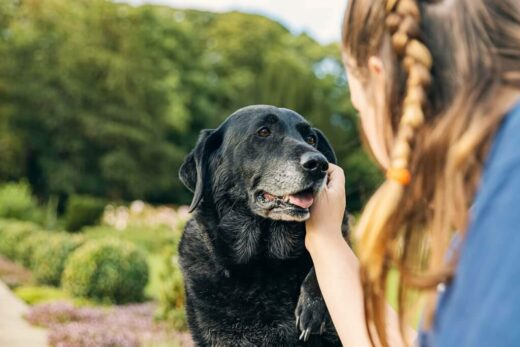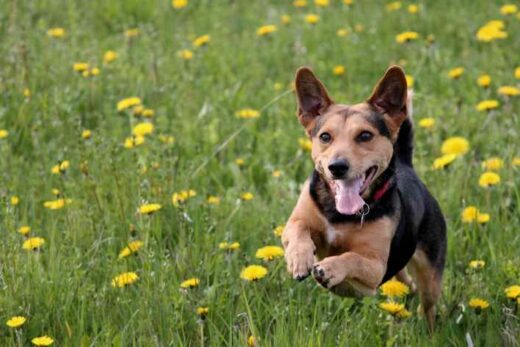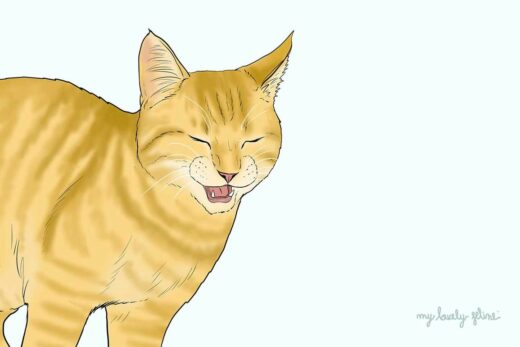While it can be frightening to hear a strange noise from your pet, what you hear is likely only reverse sneezing. This paroxysmal respiration is often a normal occurrence for dogs and cats, so there’s usually no need to panic. If your pet appears to be healthy and behaving normally, then chances are that reverse sneezing is the culprit. This article will explore what causes reverse sneezing and what you can do for your dog.
What is Reverse Sneezing in Dogs?
At first glance, reverse sneezing might seem like a fancy agility move. But, in reality, it can be compared to regular sneezing. During typical sneezes, the air is forced out of the nasal cavity to remove an irritant. When a reverse sneeze occurs, the air is quickly inhaled through the nose – often with a loud noise – and this can occur multiple times in quick succession. While this behavior has been observed mostly in dogs, cats have also been seen to do it.
Reverse sneezing can sound like wheezing, snorting, or even honking, depending on the dog. The medical term for this is inspiratory paroxysmal respiration (IPR). Most incidents last only a few seconds up to a minute, and once finished, your pup should breathe normally and return to their usual activities. As long as the cause of the sneezing has been correctly identified as reverse sneezing, there’s typically no need for veterinary treatment.
What Causes Reverse Sneezing?
Dogs of all sizes can experience reverse sneezing due to irritation or disturbance in their throat, sinus cavities, or pharynx. However, small breed and brachycephalic (flat-nosed) dogs may encounter this phenomenon more often due to their elongated soft palate, shorter nose, and facial bones.
While reverse sneezing in dogs may seem to happen suddenly and without warning, certain factors can increase the likelihood of this occurrence. These elements which can lead to a reverse sneeze in your dog include:
- Environmental irritants such as dust, smoke
- Strong odors or abrupt changes in temperature
- Excitement or an overexcited state
- Pulling on the leash
- Eating or drinking too quickly
Pet owners familiar with reverse sneezing may find the sound of their pup’s inward sneezing funny, but it is important to remain calm. Though these episodes can be recurrent in some dogs, pet parents will become used to them over time. Reverse sneezing should not evoke panic, so try to relax and remember that your pup is (usually!) just fine!
What to do if Your Dog is Reverse Sneezing?
If your pet is experiencing a reverse sneezing episode, there are a few steps you can take to help them. You can begin by lightly squeezing the nostrils shut for one second and massaging their throat to soothe them. Additionally, you can blow a little bit of air in their face, which should cause them to swallow a couple of times – this often stops the spasm of the reverse sneeze. Taking your pup outdoors or into a cooler environment with fresh air while verbally calming them may also be beneficial.
Generally, medication is not necessary for most dogs experiencing reverse sneezing. However, if the problem is due to recurring allergies, a veterinarian may prescribe an antihistamine to help alleviate the issue. Additionally, evaluating any possible environmental factors triggering the episodes can be insightful – such as household cleaners or strong perfumes.






